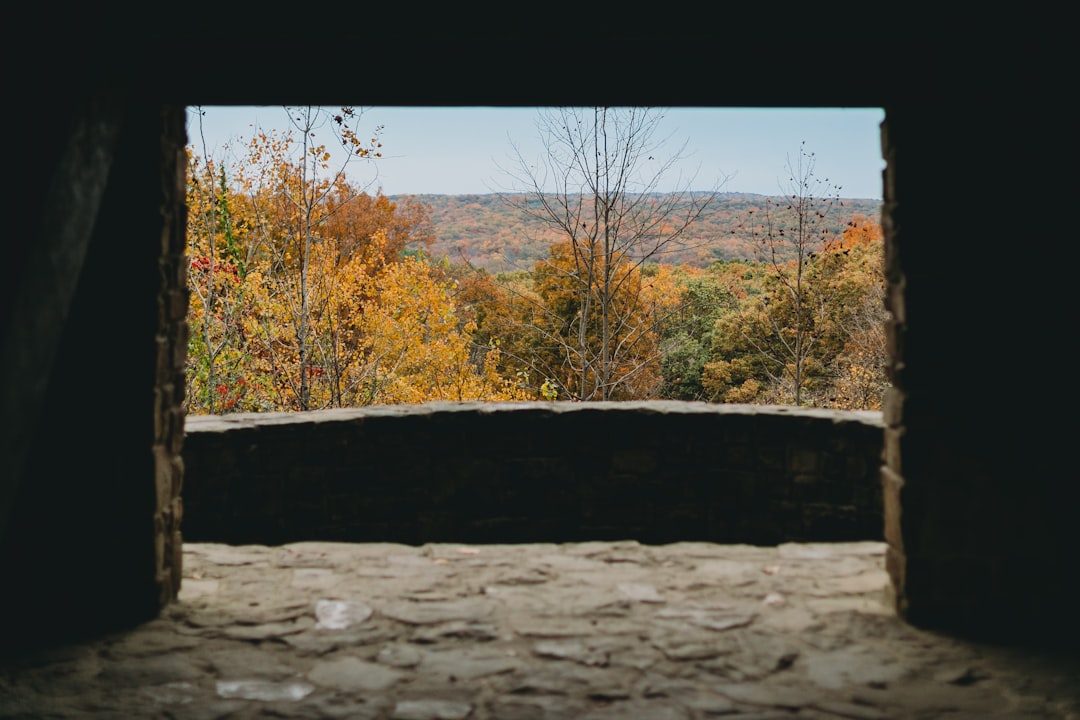
Introduction
The Roman roads in Britain are now a mainstay of British historical geography. They are one of the most remarkable feats of engineering from ancient times. These roads were constructed during the Roman occupation of Britain, which lasted from 43 AD to 410 AD. But they all started somewhere, and retracing the ancient tracks is a fascinating way to explore the history of Britain.
The Roman roads in Britain: An Overview
This article explores the history of Roman roads in Britain and the importance they hold in British historical geography. The article highlights the significance of retracing these ancient tracks and delves into the origin of Roman roads in Britain. It discusses how Roman roads were built and how they played a crucial role in connecting towns and cities during the Roman era. The article also sheds light on the impact of Roman roads on modern-day transportation systems and how they continue to influence the British landscape.
The Roman roads in Britain were a key part of the empire’s infrastructure. They allowed the quick and efficient movement of troops, goods, and information across the country. In addition to their functional purpose, the roads also had a significant impact on the development of Britain as a whole. The construction of the roads brought about increased economic activity and trade, as well as the spread of Roman culture and influence.
Today, the Roman roads in Britain continue to fascinate and intrigue historians and visitors alike. Many of the roads have been preserved and can still be seen today, serving as a tangible reminder of the country’s Roman past. The roads have also been the subject of many archaeological digs and studies, which have shed new light on Roman engineering and construction techniques. As we continue to retrace the ancient tracks of the Roman roads, we gain a greater understanding of the people who built and used them, and the impact they had on the world around them.
The Importance of Roman Roads
The Roman roads were essential for the Roman military to move their armies and supplies throughout Britain. These roads also enabled trade and commerce to flourish. In addition, the roads provided easy access for the Roman authorities to control and govern the population.
Roman roads were not only important for military conquests and economic trade, but also played a crucial role in spreading Roman culture and ideas throughout Britain. They facilitated the movement of people, goods, and information, which helped to unite the different regions of Britain under Roman rule. Roman roads also left a lasting impact on the landscape, as many modern roads still follow the same routes today. The legacy of the Roman road network in Britain is a testament to the engineering and organizational abilities of the Romans and their enduring influence on British history.
The Construction of Roman Roads
The Roman roads were a marvel of engineering. They were built using layers of materials that included large stones, gravel, and sand. The roads were then topped with a layer of tightly fitting stones, known as cobbles, which created a smooth surface. Drainage was also an important consideration, with ditches dug along the sides of the roads to prevent water from eroding the surface.
The construction of Roman roads was a remarkable feat of engineering for its time. The Romans used a combination of several techniques, including leveling the ground, creating a foundation of stones and gravel, and adding several layers of larger stones and paving blocks. The roads were built with a slight curve or camber to allow for proper drainage, which was important for their durability. Roman engineers also constructed bridges and viaducts to span rivers and valleys, ensuring that the roads could be used year-round. The high level of engineering and planning that went into constructing the Roman roads is still evident in their durability and longevity, with many stretches of road still visible and in use today.
Retracing the Roman Roads Today
Many of the Roman roads in Britain have been lost over time, but some can still be seen today. One of the most famous is the Fosse Way, which ran from Exeter in the southwest of England to Lincoln in the northeast. Other well-known Roman roads include Watling Street, Ermine Street, and the Via Julia.
Retracing these ancient tracks can be a rewarding experience. It allows you to imagine what it was like to travel through Britain during the Roman occupation. There are several ways to do this, including walking or cycling along the remains of the roads, exploring the ruins of Roman towns and forts, and visiting museums that display artifacts from Roman Britain.
Retracing the Roman roads today can be a fascinating and rewarding experience. While some of the original roads have been lost to time and modern development, many still exist in some form or another. In some cases, modern roads follow the same routes as the ancient Roman roads, and in others, the roads have been preserved as footpaths or cycleways. By following these ancient routes, we can gain a better understanding of the geography and topography of Roman Britain, and imagine what life was like for those who traveled on these roads so many centuries ago. Additionally, retracing the Roman roads allows us to appreciate the engineering skills of the Romans and their impressive feats of construction.
Conclusion
The Roman roads were an incredible achievement of engineering and a vital component of Roman control over Britain. Retracing these ancient tracks allows us to appreciate the skill and effort that went into their construction. It also helps us to better understand the history of Britain during the Roman occupation. So, why not take a journey along these ancient routes and discover the past for yourself?





